Home>Gardening & Outdoor>Landscaping Ideas>What Is The Best Fertilizer For Grass
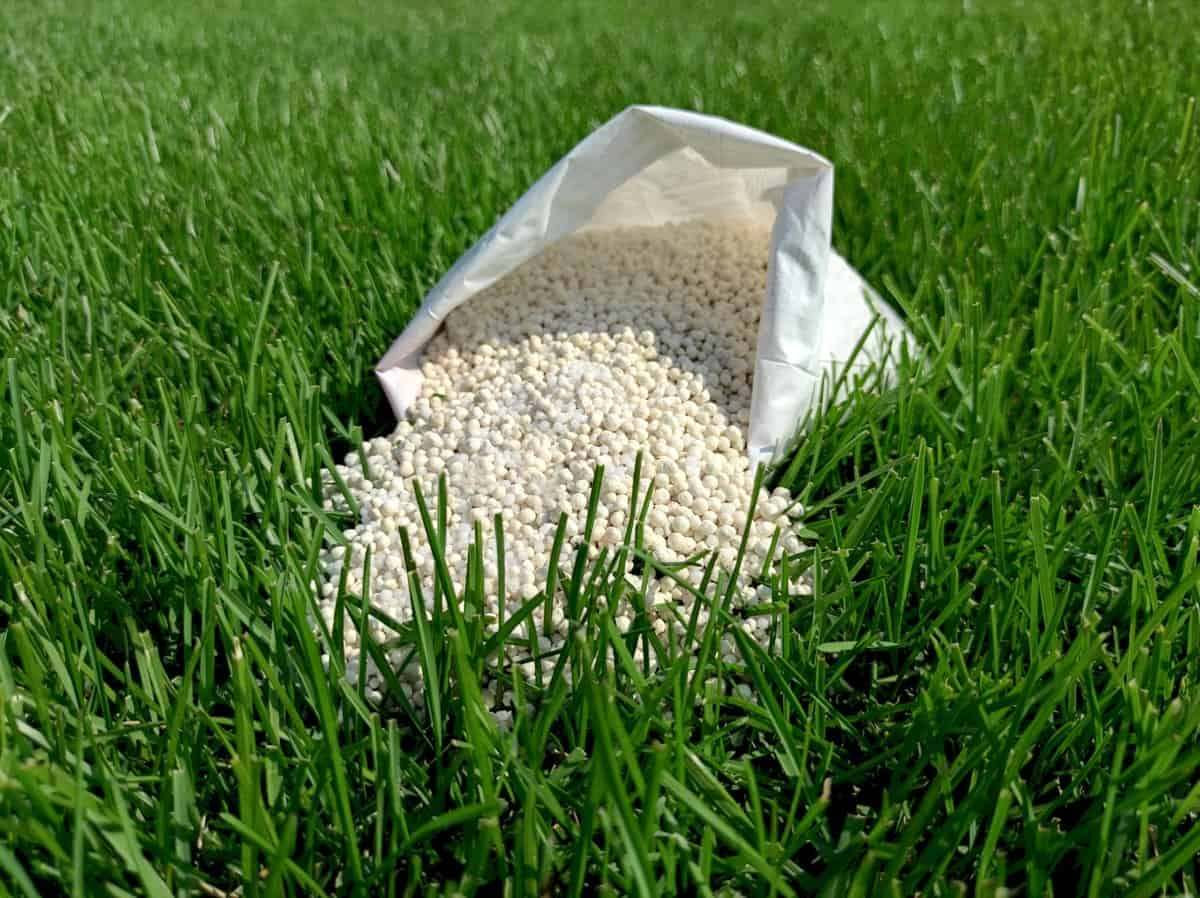

Landscaping Ideas
What Is The Best Fertilizer For Grass
Modified: March 27, 2024
Discover the best fertilizer for grass and improve your landscaping with our expert tips and ideas. Choose the right fertilizer for a lush, green lawn.
(Many of the links in this article redirect to a specific reviewed product. Your purchase of these products through affiliate links helps to generate commission for Storables.com, at no extra cost. Learn more)
Introduction
Welcome to the wonderful world of landscaping and lawn care! Whether you’re a seasoned gardener or just starting to explore the joys of tending to your outdoor space, understanding the importance of grass fertilization is key to achieving a lush, vibrant lawn.
Grass fertilization is a crucial aspect of lawn maintenance, as it provides essential nutrients to the grass, promoting healthy growth and overall resilience. In this comprehensive guide, we’ll delve into the intricacies of grass fertilization, exploring the various types of fertilizers available, factors to consider when choosing the best fertilizer for your specific needs, and application tips to ensure optimal results.
By the end of this journey, you’ll be equipped with the knowledge and insights to make informed decisions about fertilizing your grass, empowering you to nurture a verdant and thriving lawn that’s the envy of the neighborhood.
Key Takeaways:
- Choose the right fertilizer based on your grass type, soil composition, and seasonal needs to promote healthy growth and vibrant color while minimizing environmental impact.
- Follow proper application and maintenance tips, including timing, even distribution, and sustainable practices, to optimize the effectiveness of the fertilizer and create a lush, inviting lawn.
Read more: What Fertilizer Is Best For Grass
Understanding Grass Fertilization
Grass fertilization is the process of providing essential nutrients to the soil to support the healthy growth of grass. These nutrients, typically in the form of nitrogen (N), phosphorus (P), and potassium (K), play a crucial role in the development of strong roots, vibrant foliage, and overall plant vigor. When properly fertilized, grass exhibits improved resistance to disease, drought, and foot traffic, resulting in a luxuriant and resilient lawn.
Essential nutrients, including nitrogen, are vital for promoting lush, green growth and aiding in the synthesis of chlorophyll, the pigment responsible for the grass’s vibrant color. Phosphorus supports root development and overall plant vitality, while potassium contributes to stress tolerance and disease resistance.
Grass fertilization is not a one-size-fits-all approach, as different types of grass and environmental conditions necessitate varying nutrient levels. Understanding the specific requirements of your grass type and local climate is essential for determining the most effective fertilization regimen.
Furthermore, timing plays a critical role in grass fertilization. Applying fertilizer at the right time ensures that the grass can efficiently utilize the nutrients, maximizing their benefits and minimizing environmental impact.
By comprehending the principles of grass fertilization, you can embark on a journey to nurture your lawn with the care and attention it deserves, resulting in a verdant carpet of grass that enhances the beauty of your outdoor space.
Types of Fertilizers for Grass
When it comes to fertilizing your grass, a variety of fertilizer options are available, each with its unique composition and application benefits. Understanding the different types of fertilizers can help you make an informed decision based on your lawn’s specific needs and your desired maintenance approach.
1. Granular Fertilizers: These are solid, granule-form fertilizers that are typically spread across the lawn using a spreader. Granular fertilizers offer a slow-release option, providing a steady supply of nutrients to the grass over an extended period. They are well-suited for larger lawns and are available in various formulations tailored to specific grass types and seasonal requirements.
2. Liquid Fertilizers: Liquid fertilizers are dissolved in water and applied to the grass using a sprayer or irrigation system. They are known for their quick absorption and fast-acting results, making them ideal for addressing immediate nutrient deficiencies or promoting rapid growth during the growing season.
3. Synthetic Fertilizers: These fertilizers are manufactured using synthetic, inorganic compounds. They are formulated to deliver specific nutrient ratios and are designed for targeted applications, such as addressing particular deficiencies or promoting rapid greening.
4. Organic Fertilizers: Derived from natural sources such as compost, manure, or organic plant matter, organic fertilizers offer a sustainable and environmentally friendly approach to lawn care. They provide a gradual release of nutrients, enrich the soil, and improve its overall health and structure.
5. Slow-Release Fertilizers: These fertilizers are designed to release nutrients gradually over an extended period, providing a steady and consistent supply of nourishment to the grass. Slow-release fertilizers are particularly beneficial for reducing nutrient leaching and minimizing the risk of fertilizer runoff.
By familiarizing yourself with the various types of fertilizers for grass, you can select the most suitable option based on your lawn’s size, grass type, and specific nutrient requirements, paving the way for a vibrant and resilient lawn that thrives throughout the seasons.
Factors to Consider When Choosing Fertilizer
Choosing the right fertilizer for your grass involves considering several key factors to ensure that your lawn receives the necessary nutrients for optimal growth and health. By taking these factors into account, you can make an informed decision that aligns with your lawn care goals and environmental considerations.
1. Grass Type: Different grass species have varying nutrient requirements. Warm-season grasses, such as Bermuda and Zoysia, thrive with a fertilizer high in nitrogen, while cool-season grasses like Kentucky bluegrass and fescue benefit from a balanced blend of nutrients to support steady growth and resilience.
2. Soil Composition: Understanding your soil’s pH level and composition is essential for selecting a fertilizer that addresses any nutrient deficiencies and promotes healthy soil structure. Conducting a soil test can provide valuable insights into your soil’s nutrient levels and guide your fertilizer selection.
3. Nutrient Ratio: Fertilizers are labeled with a series of three numbers representing the percentage of nitrogen, phosphorus, and potassium they contain, such as 10-10-10 or 20-5-10. These ratios cater to specific growth stages and grass requirements, so choosing the right balance of nutrients is crucial for promoting healthy root development, foliage growth, and overall vigor.
4. Seasonal Needs: Grass has distinct nutritional needs during different seasons. Fertilizers formulated for specific seasons, such as spring or fall, are tailored to address the grass’s requirements at those times, supporting growth, stress tolerance, and winter hardiness.
5. Environmental Impact: Consider the environmental implications of the fertilizer you choose. Opting for slow-release or organic fertilizers can minimize nutrient leaching and reduce the risk of polluting water sources, promoting a more sustainable approach to lawn care.
6. Application Method: The method of fertilizer application, whether granular or liquid, can influence the ease and efficiency of the fertilization process. Selecting an application method that aligns with your lawn’s size and your preferred maintenance routine can streamline the fertilization process and ensure even nutrient distribution.
By evaluating these factors, you can make an informed decision when selecting a fertilizer for your grass, nurturing a vibrant and resilient lawn that thrives in harmony with its environment and seasonal requirements.
Choose a fertilizer with a balanced ratio of nitrogen, phosphorus, and potassium (like 20-5-10) for healthy grass growth. Apply according to the instructions on the package for best results.
Best Fertilizers for Different Types of Grass
Choosing the best fertilizer for your specific type of grass is essential for promoting healthy growth, vibrant color, and overall resilience. Tailoring your fertilizer selection to the unique requirements of your grass variety ensures that it receives the necessary nutrients to thrive throughout the year. Here are recommendations for the best fertilizers for different types of grass:
- Bermuda Grass: For Bermuda grass, a fertilizer with a high nitrogen content, such as a 15-0-15 blend, is ideal for promoting vigorous growth and maintaining its lush, green appearance. Look for a fertilizer specifically formulated for warm-season grasses to ensure it meets Bermuda grass’s specific needs.
- Zoysia Grass: Zoysia grass benefits from a balanced fertilizer with a higher potassium content, such as a 6-2-4 blend, to support its dense growth and stress tolerance. Slow-release fertilizers are particularly effective for Zoysia grass, providing a steady supply of nutrients over an extended period.
- Kentucky Bluegrass: A fertilizer with a balanced nutrient ratio, such as a 20-10-10 blend, is well-suited for Kentucky bluegrass, supporting its lush, dense growth and vibrant color. Look for a fertilizer tailored to cool-season grasses to ensure it addresses Kentucky bluegrass’s specific seasonal needs.
- Fescue Grass: Fescue grass benefits from a fertilizer with a higher phosphorus content, such as a 12-12-12 blend, to promote robust root development and overall plant vigor. Slow-release organic fertilizers can provide sustained nourishment for fescue grass, enhancing its resilience and stress tolerance.
It’s important to note that these are general recommendations, and the specific fertilizer requirements for your lawn may vary based on factors such as soil composition, climate, and maintenance practices. Conducting a soil test and consulting with local lawn care experts can provide valuable insights into the best fertilizer for your particular grass type and environmental conditions.
By selecting the best fertilizer tailored to your grass variety, you can nurture a vibrant and resilient lawn that thrives in harmony with its specific nutrient requirements and seasonal challenges.
Read more: What Is The Best Fertilizer Ratio For Grass
Application and Maintenance Tips
Proper application and maintenance of fertilizer are essential for ensuring that your grass receives the necessary nutrients for healthy growth while minimizing environmental impact. By following these tips, you can optimize the effectiveness of the fertilizer and promote a vibrant, lush lawn:
- Timing Is Key: Apply fertilizer at the appropriate times based on your grass type and local climate. For warm-season grasses, spring and early summer are ideal for fertilization, while cool-season grasses benefit from fall and early spring applications to support root development and winter hardiness.
- Follow Recommended Rates: Adhere to the recommended application rates specified on the fertilizer packaging. Overapplication can lead to nutrient imbalances, while underapplication may result in insufficient nourishment for the grass.
- Even Distribution: Whether using granular or liquid fertilizer, ensure even distribution across the lawn to promote uniform nutrient uptake. Calibrate spreaders and sprayers according to the manufacturer’s instructions to achieve consistent coverage.
- Watering Practices: Water the lawn after fertilization to facilitate nutrient absorption and prevent potential burning of the grass. Watering also helps to move the fertilizer into the soil, where it can benefit the grass roots.
- Mowing Considerations: Avoid mowing the lawn immediately before or after fertilization to prevent stress on the grass. Wait a few days after fertilization before mowing to allow the nutrients to be absorbed and utilized by the grass.
- Maintenance Schedule: Incorporate a regular maintenance schedule that includes fertilization, aeration, and proper watering practices to promote overall lawn health and resilience. Consistent care contributes to a thriving, vibrant lawn throughout the year.
Additionally, consider implementing sustainable lawn care practices, such as using organic or slow-release fertilizers, to minimize environmental impact and support long-term soil health. By nurturing your lawn with mindful application and maintenance practices, you can create an inviting outdoor space adorned with lush, healthy grass.
Conclusion
Embarking on the journey of grass fertilization is an opportunity to nurture a vibrant and resilient lawn that enhances the beauty of your outdoor space. By understanding the principles of grass fertilization, exploring the various types of fertilizers available, and considering key factors when choosing the best fertilizer for your specific needs, you can lay the groundwork for a thriving lawn that captivates with its lush greenery.
When selecting the best fertilizer for different types of grass, it’s essential to consider the specific nutrient requirements of your grass variety and tailor your choice to address seasonal needs and environmental considerations. By aligning the fertilizer with your grass type’s unique demands, you can promote healthy growth, vibrant color, and overall resilience, nurturing a lawn that flourishes throughout the seasons.
Application and maintenance play pivotal roles in the effectiveness of fertilization. By following recommended application rates, ensuring even distribution, and integrating proper watering and mowing practices, you can optimize the nutrient uptake and minimize potential stress on the grass, fostering a verdant and inviting lawn that beckons with its natural allure.
As you embark on your grass fertilization journey, consider incorporating sustainable and environmentally friendly practices to promote long-term soil health and minimize the impact on the ecosystem. By nurturing your lawn with care and mindfulness, you can create an outdoor oasis that beckons with its lush, healthy grass and invites moments of tranquility and joy.
Armed with the knowledge and insights gained from this guide, you are poised to cultivate a lawn that stands as a testament to your dedication and stewardship. May your outdoor space flourish with the beauty of vibrant, well-nourished grass, serving as a source of pride and delight for years to come.
Frequently Asked Questions about What Is The Best Fertilizer For Grass
Was this page helpful?
At Storables.com, we guarantee accurate and reliable information. Our content, validated by Expert Board Contributors, is crafted following stringent Editorial Policies. We're committed to providing you with well-researched, expert-backed insights for all your informational needs.
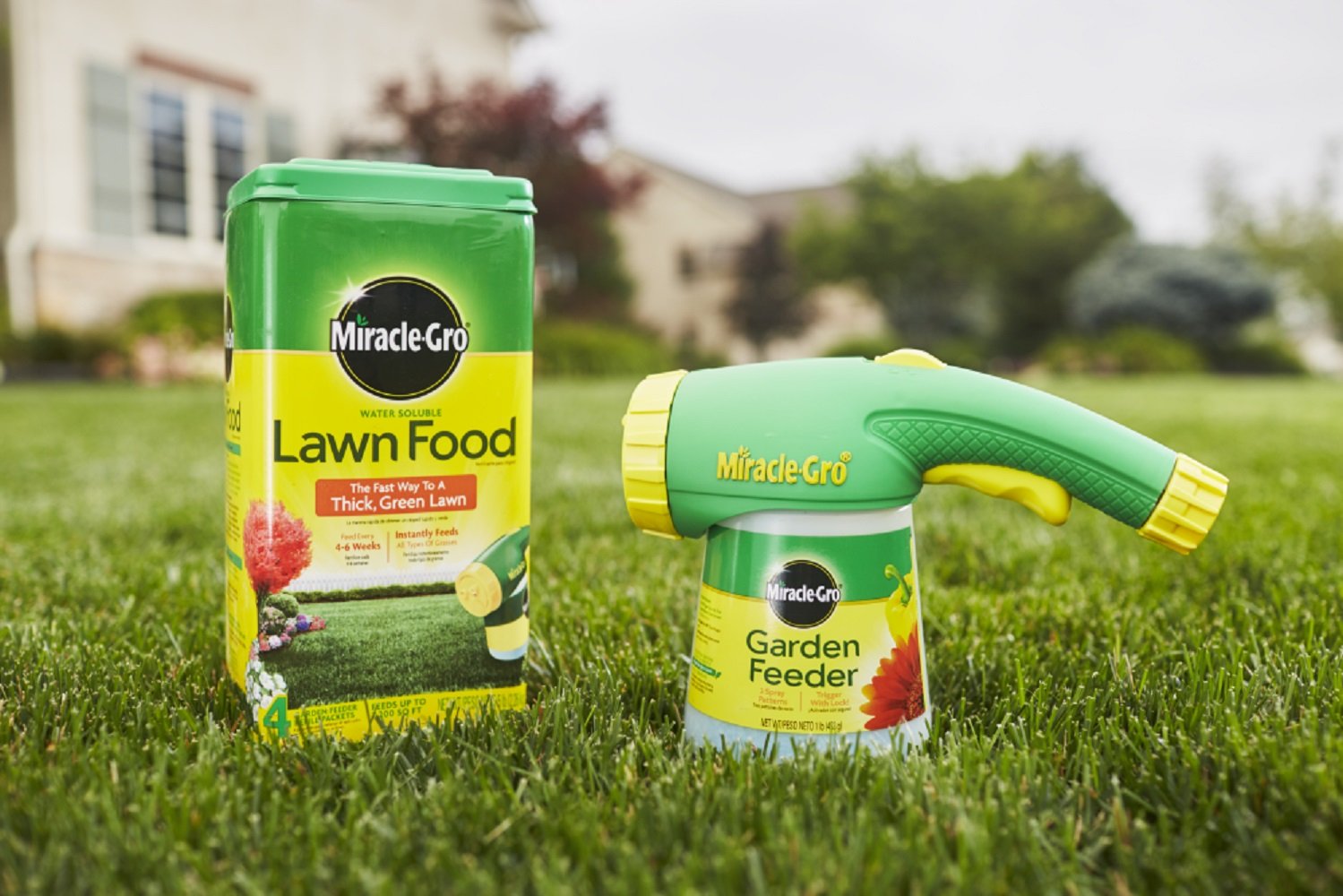
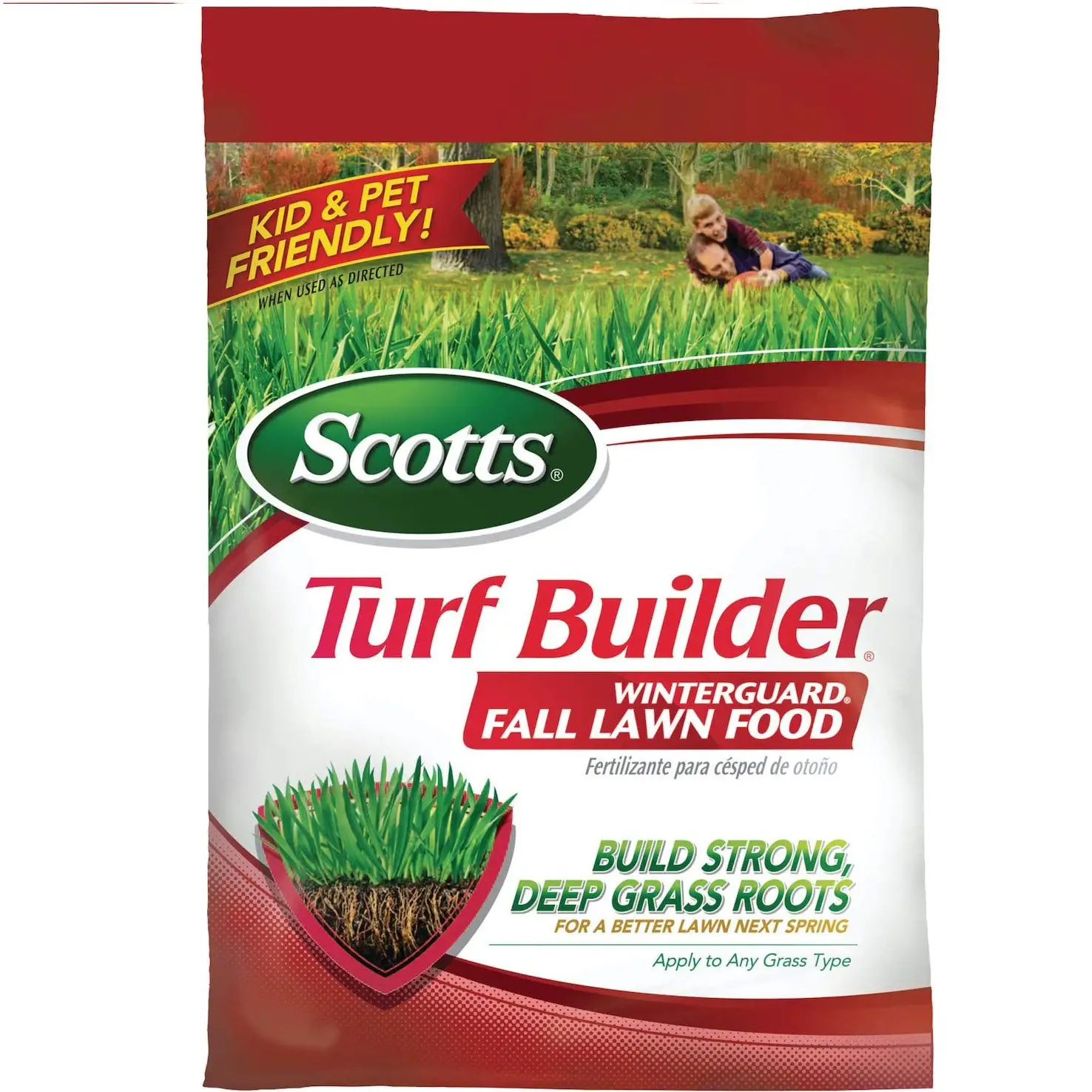
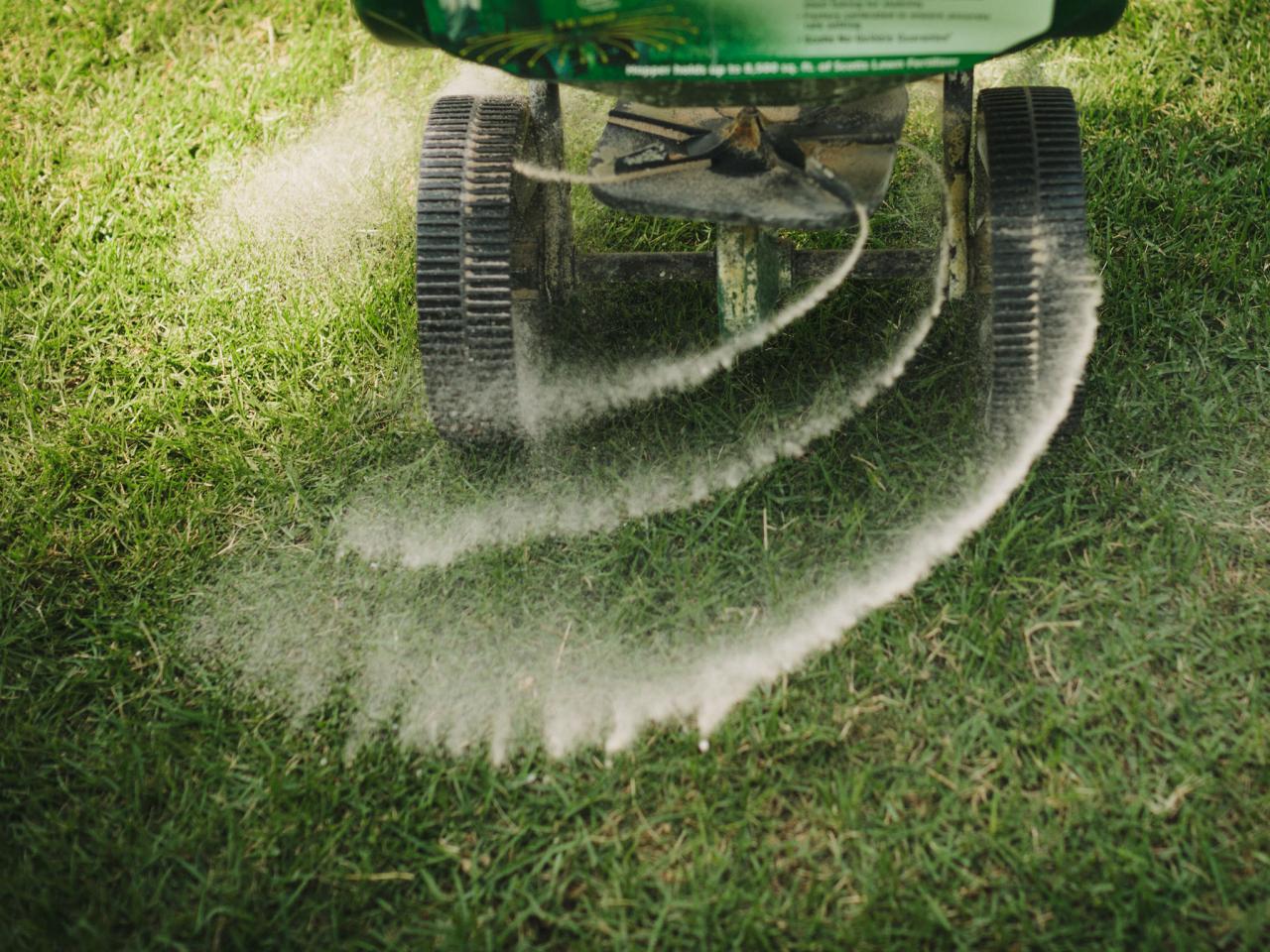
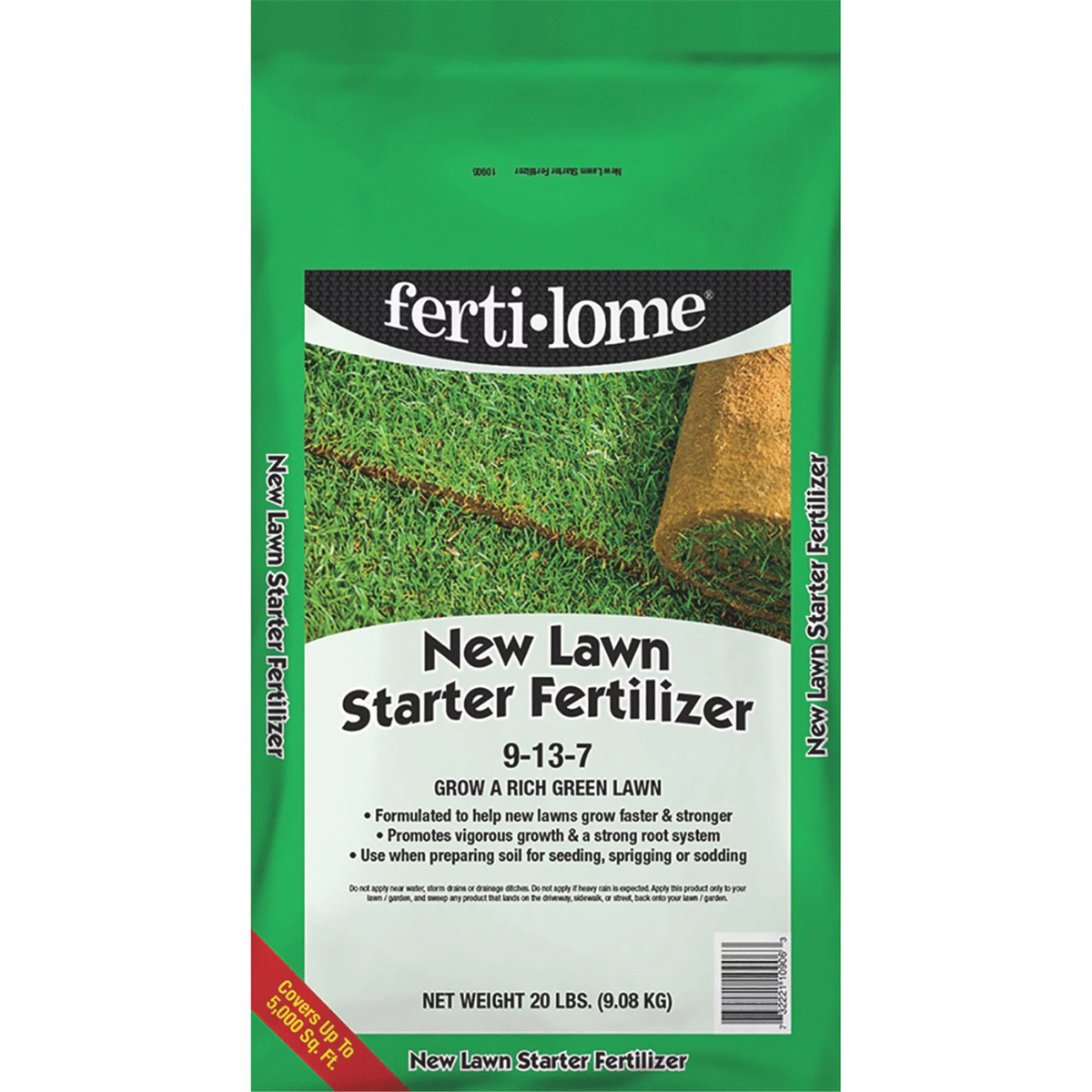
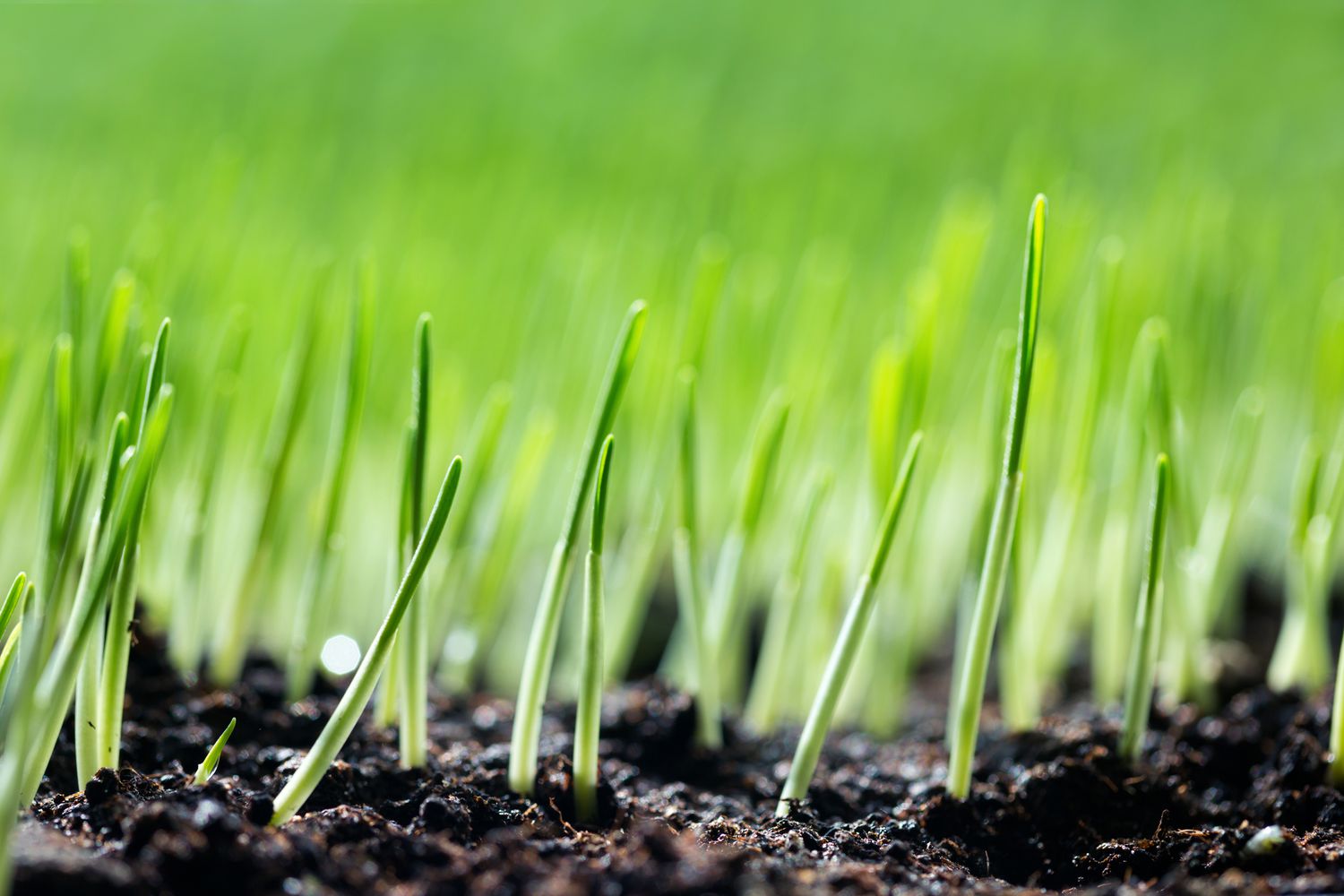
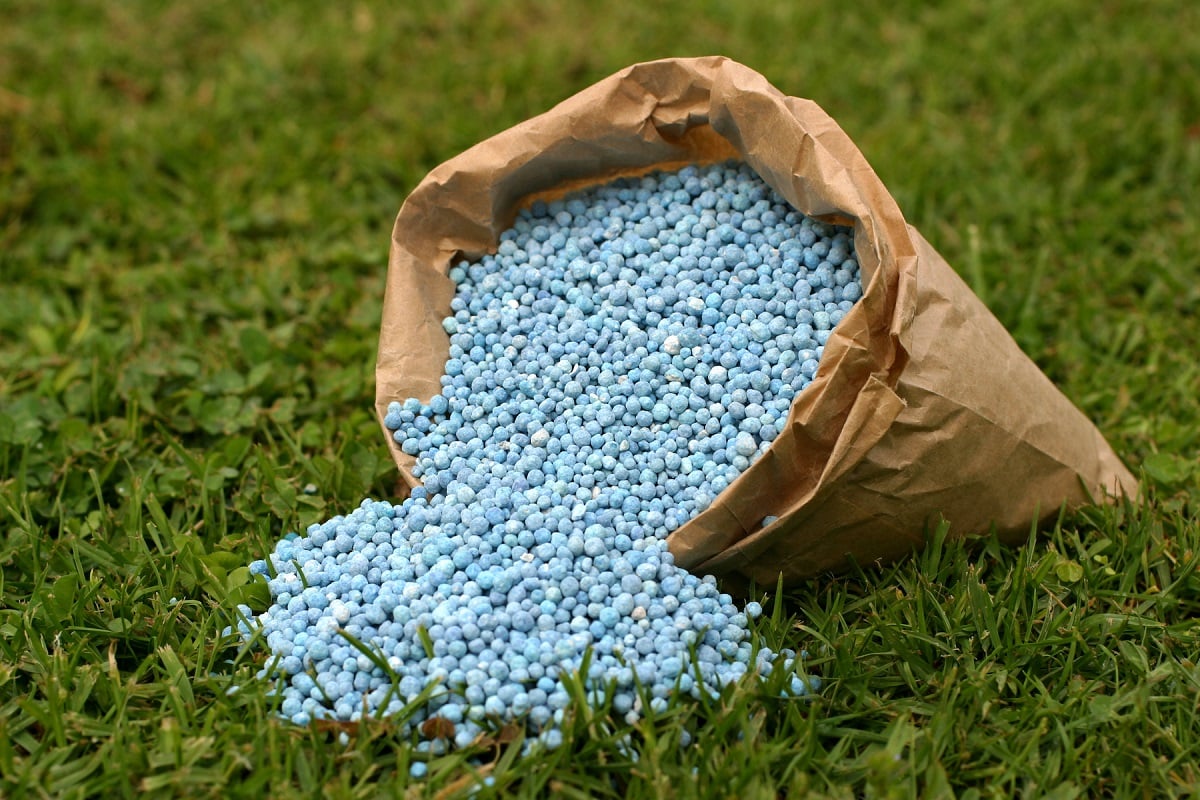
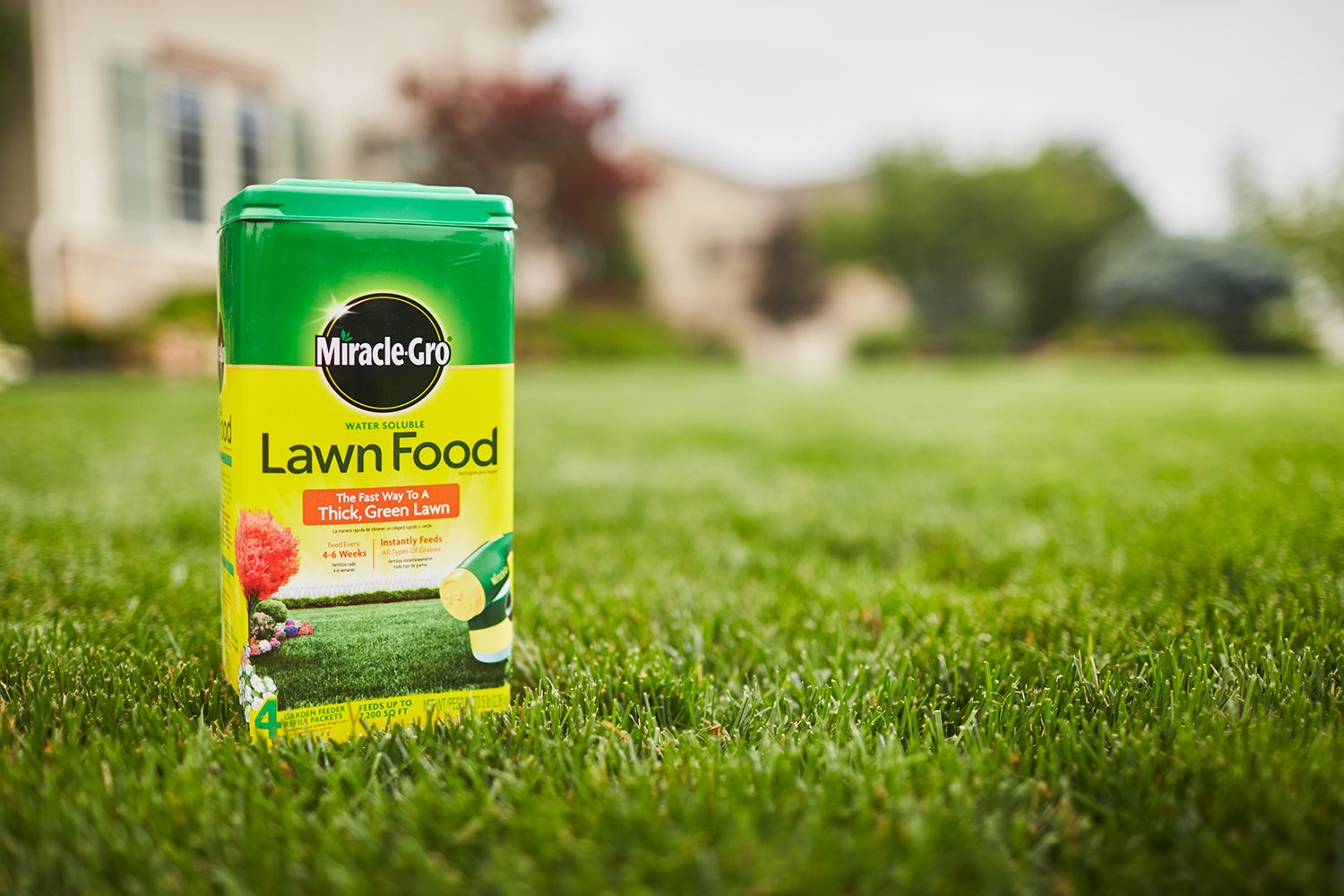
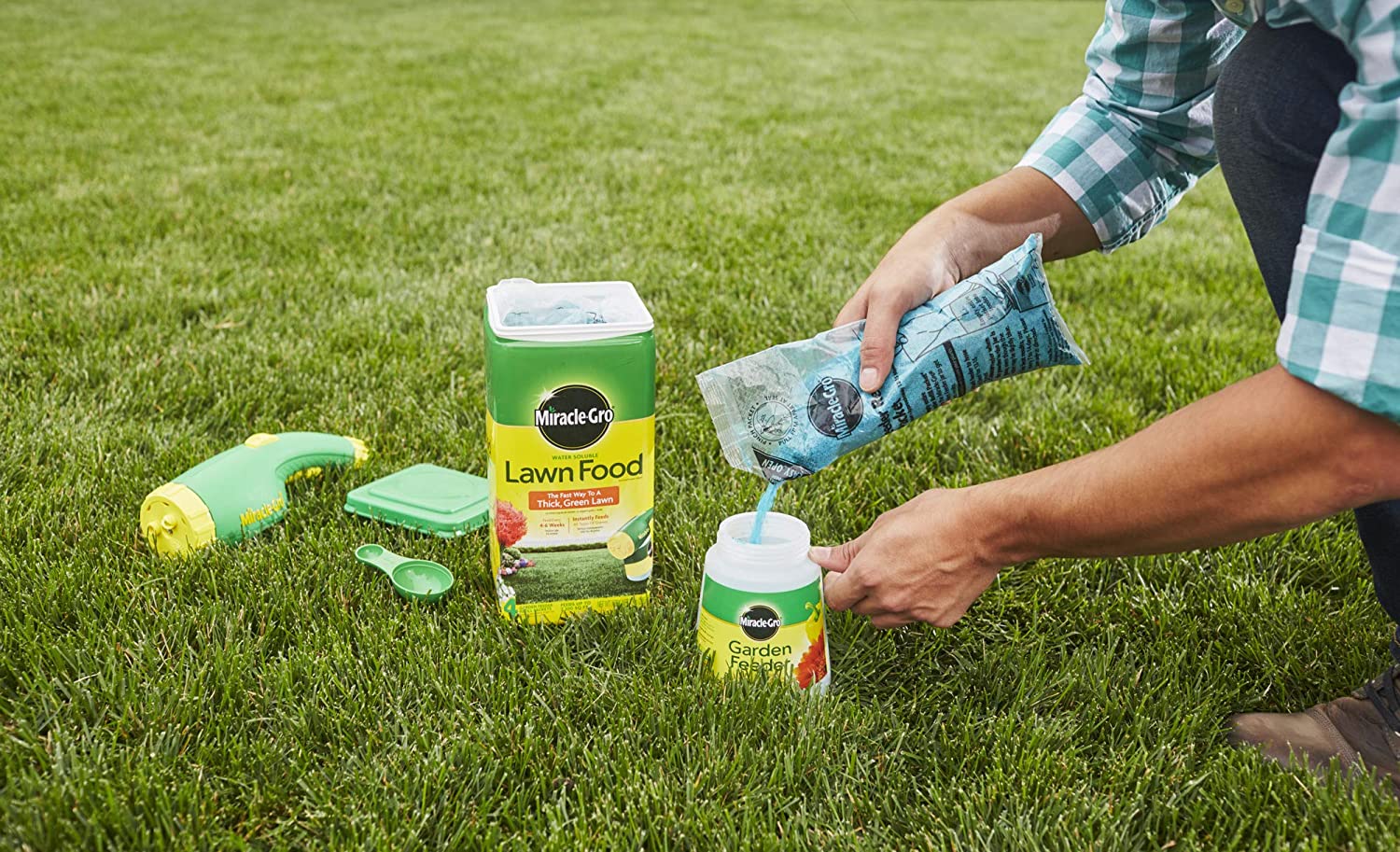
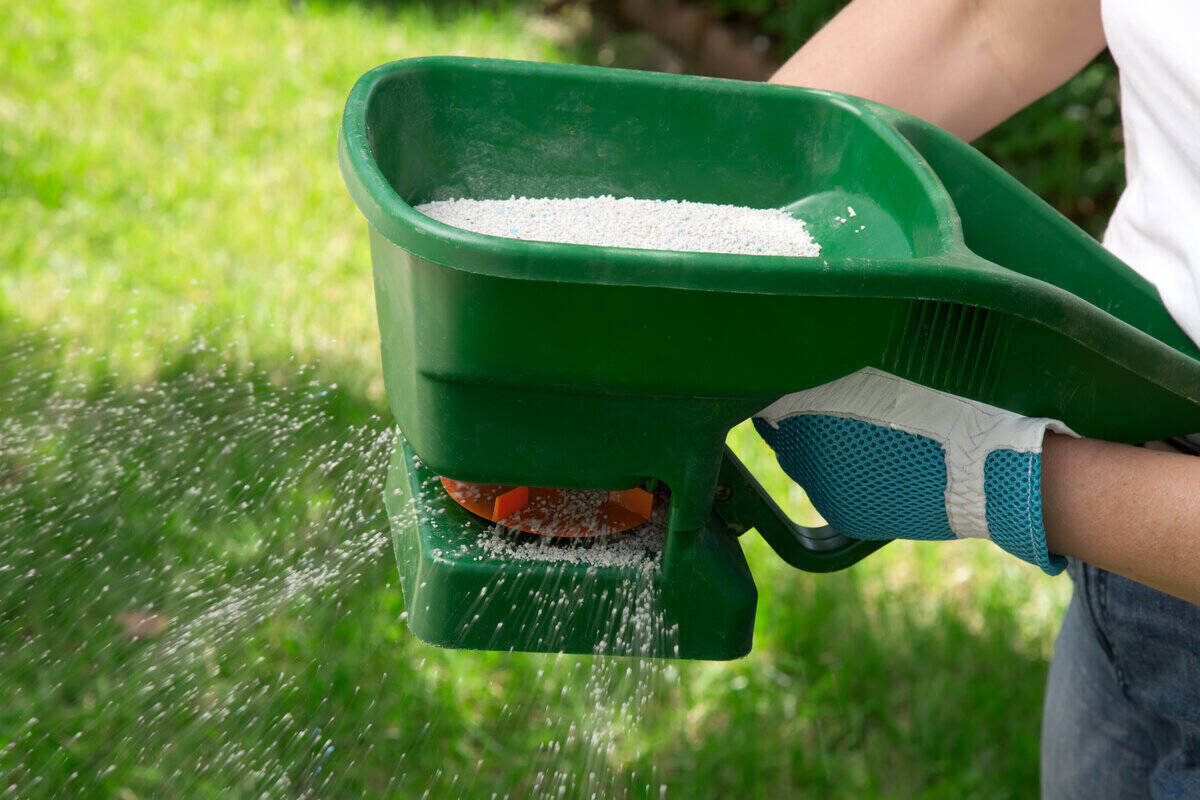
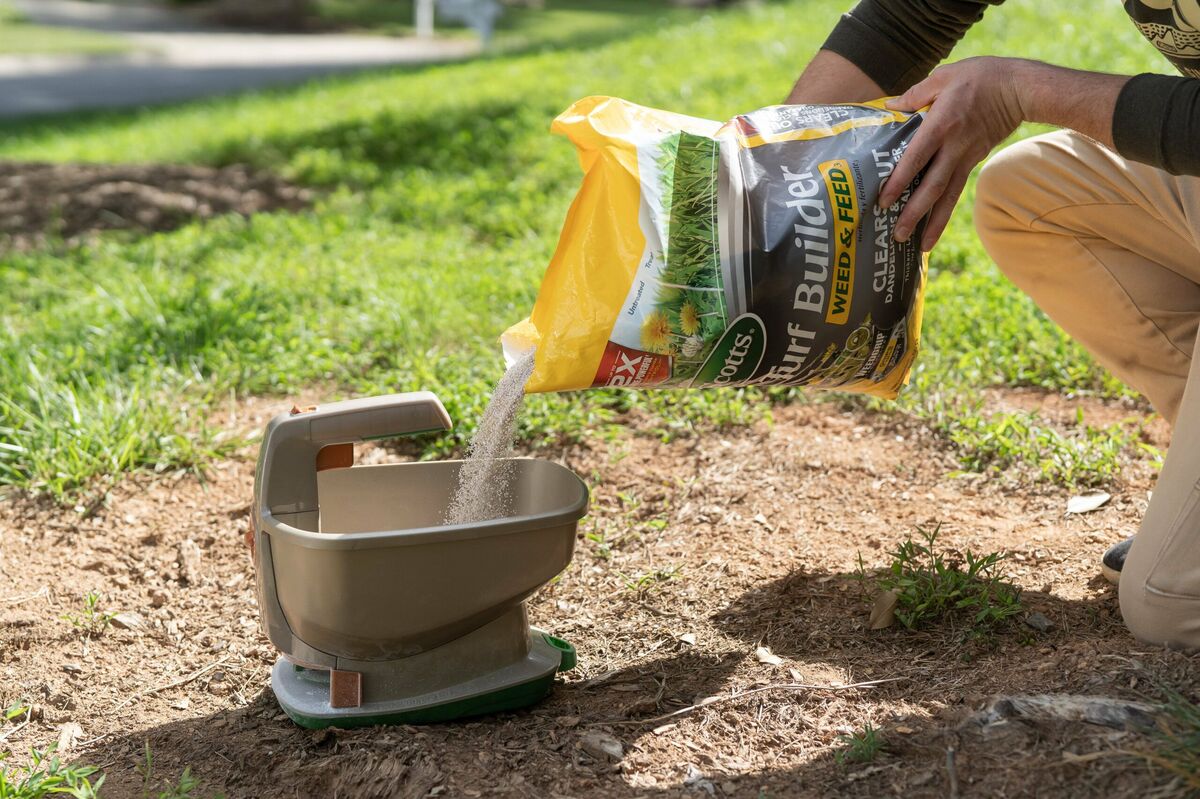
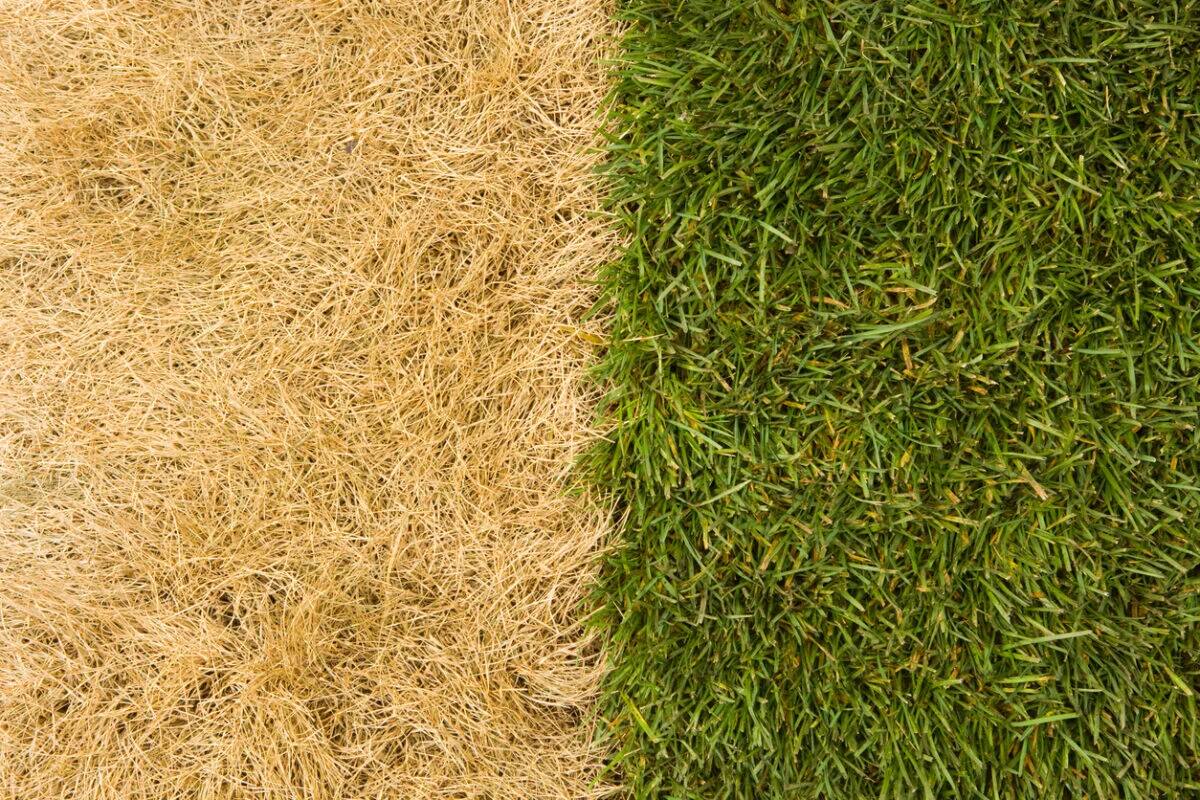

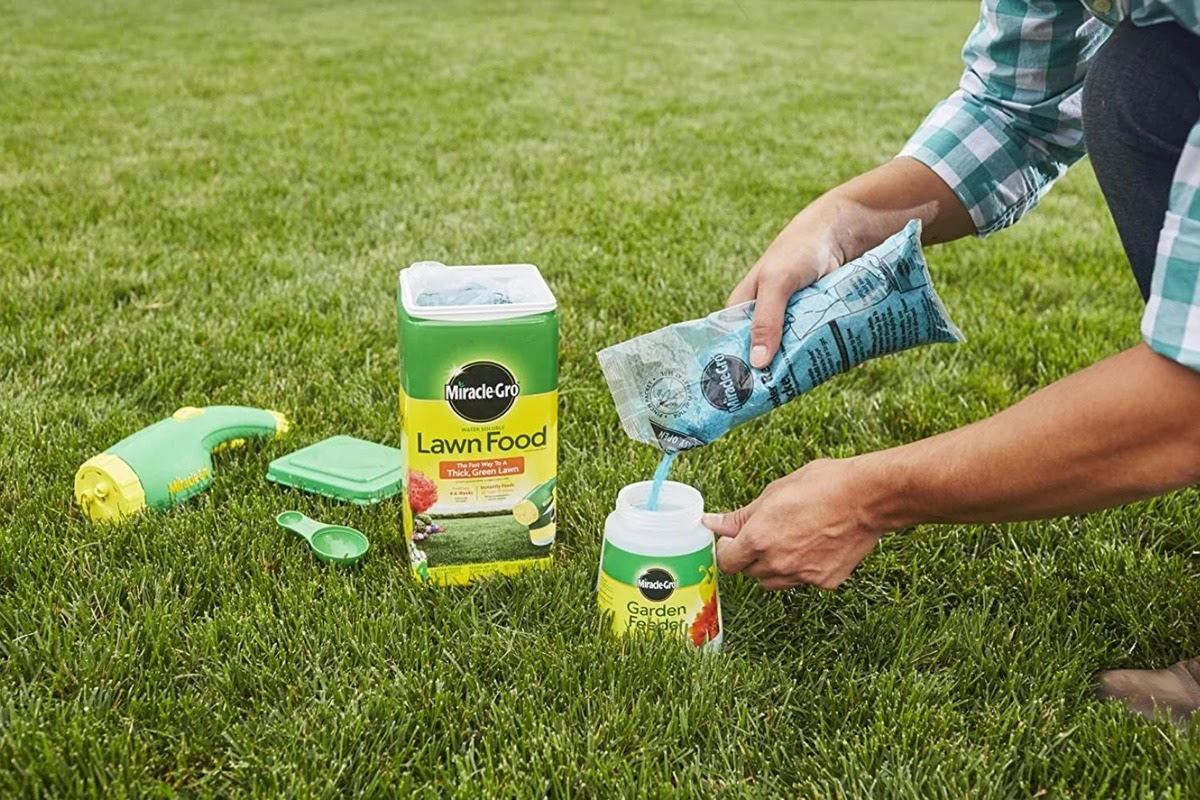
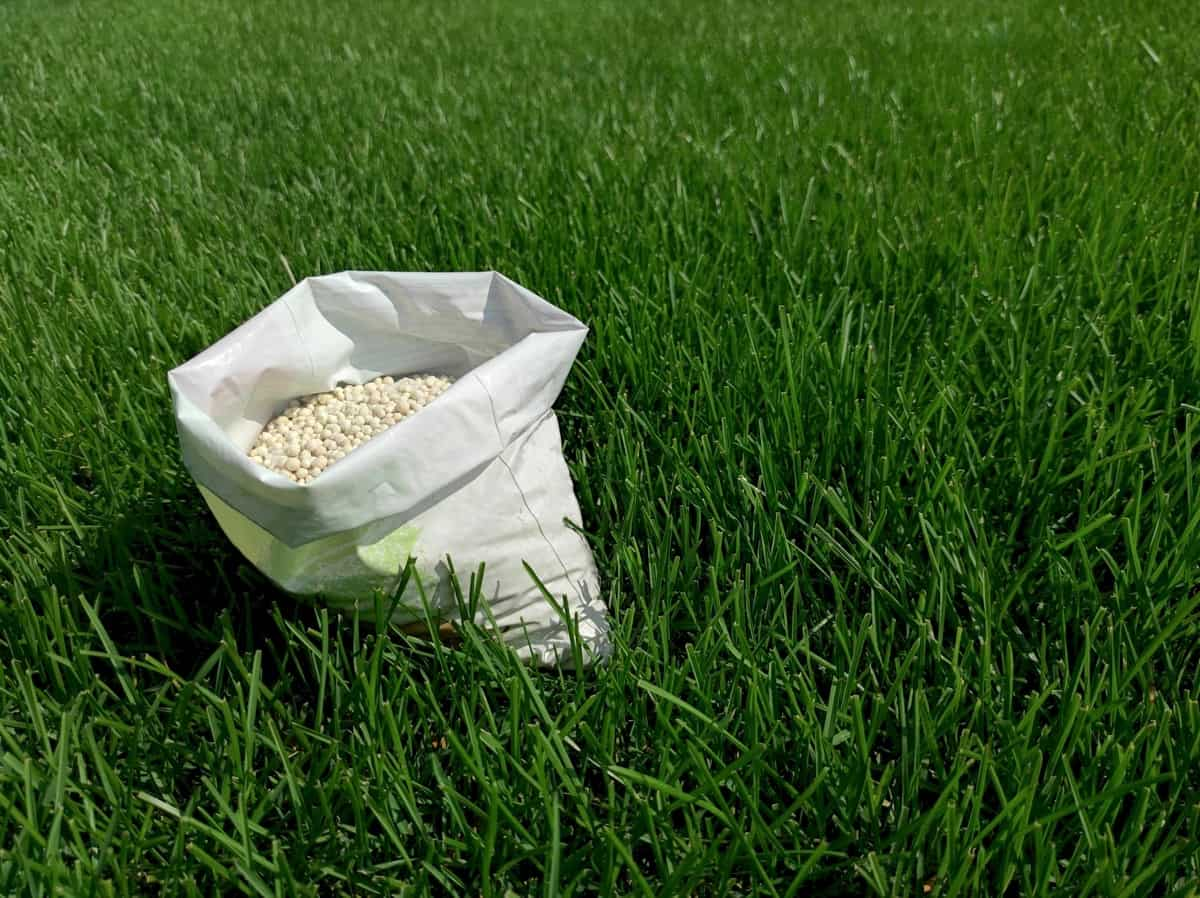

0 thoughts on “What Is The Best Fertilizer For Grass”